Table 2
Foraminoplasty instruments.
 | 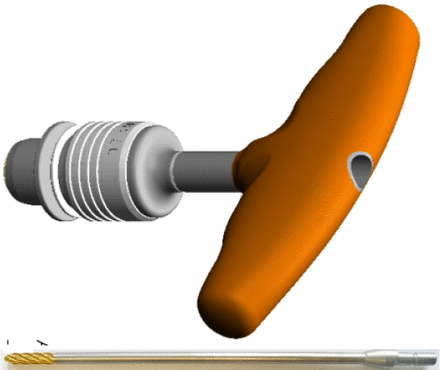 | The transforaminal gold 7 and 9 mm mm reamer is intended for the initial foraminoplasty to remove bony overhang from arthritic facet joints. It is cannulated and fits through the working cannula to minimize tissue trauma and to reduce pain during surgery. It has a mostly side cutting beveled tip which is less aggressive when advancing thus minimizing risk for dural injury. The outer diameter of the beveled tip ranges from 4 – 7 mm. It comes with a multidirectional T-handle. |
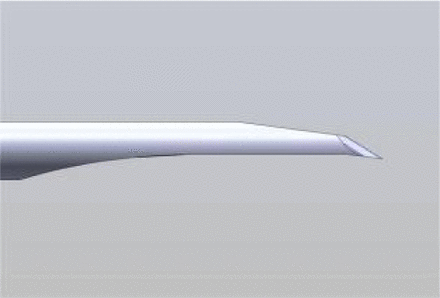 | 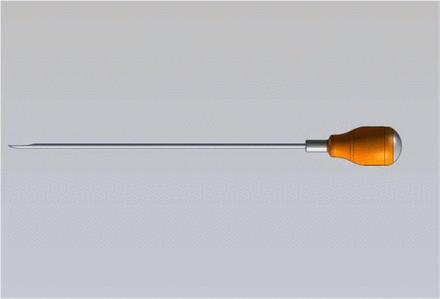 | The 4 mm chisel is intended to perform a foraminoplasty using the outside-in technique. The instrument is semi sharp to obviate the need for sharpening. It has a handle with a metal cap for tapping with a surgical mallet. |
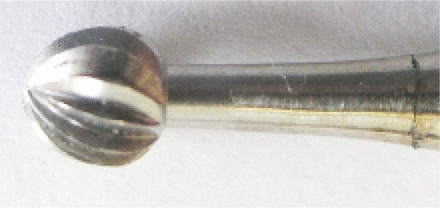 |  | The 4 mm round drill is also intended for a foraminoplasty. It can be used on power for a more controlled removal of bony tissue. This drill bit is less likely to cause dural injury. It is used best for the final steps of the foraminoplasty. For example, it is very useful to drill of bone spurs of the superior articular process that compress the traversing nerve root. |
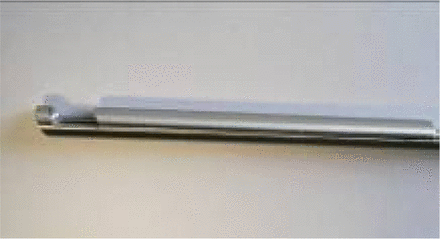 | 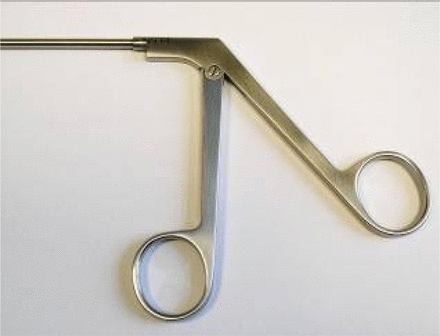 | The 3.5 mm kerrison rongeur is designed to perform a foraminoplasty. This is done by hooking the instrument underneath the structure to be removed and cutting it by squeezing the handle. |
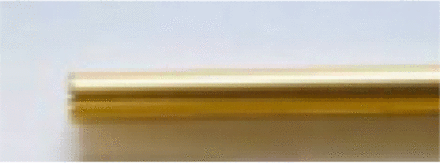 | 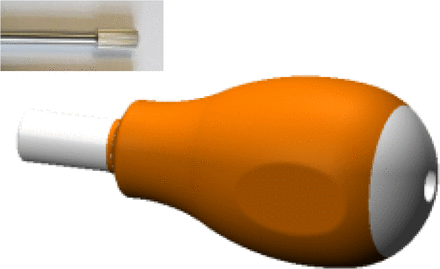 | The 3-7 mm trephine cutters are intended to enlarge the foraminoplasty. It can be placed at the pedicle or facet joint. It is cannulated and fits over the 1mm and 1.65 mm steel or nitinol guide wire. The end of the trephine has serrations for improved grip and fine motor control. The handle attaches to the opposite end of the trephine and is cannulated as well to accommodate for the long guide wire. |